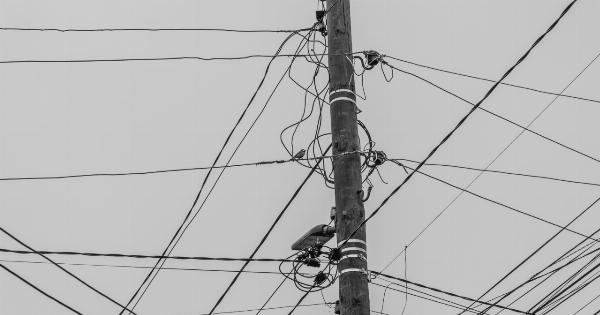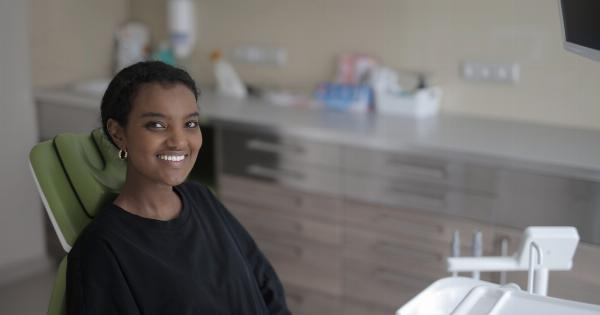Warts are a common viral infection that affects both men and women. However, they tend to be more common in men due to factors such as shaving, sweating, and decreased immune function.
In this comprehensive guide, we will discuss the different types of warts, causes, symptoms, diagnosis, and treatment options for men.
Types of Warts
There are several different types of warts that men may experience. These include:.
Genital Warts
Genital warts are caused by the human papillomavirus (HPV) and are typically transmitted through sexual contact. They can appear as small, flesh-colored bumps, and may be accompanied by itching, burning, or discomfort in the genital area.
Plantar Warts
Plantar warts typically appear on the bottom of the foot and can be quite painful. They may appear as small, rough, and grainy areas with a black dot in the center.
Common Warts
Common warts are typically found on the hands and fingers and may appear as small, raised bumps with a rough texture.
Flat Warts
Flat warts are characterized by smooth, flat-topped lesions that are slightly raised above the skin’s surface. They are most commonly found on the face, neck, and hands, and may appear in large numbers.
Causes of Warts
Warts are caused by the human papillomavirus (HPV), which can be transmitted through direct contact with an infected person or surface. Certain factors may increase a man’s risk of developing warts, including:.
- Having a weakened immune system due to illness or medication
- Shaving, which can create small cuts and openings for the virus to enter the skin
- Sweating, which can create a moist environment for the virus to thrive
- Damaged or irritated skin
Symptoms of Warts
The symptoms of warts can vary depending on the type of wart and the location on the body. Some common symptoms include:.
- Small, raised bumps on the skin
- Thickened, rough skin
- Pain or discomfort
- Itching or burning
- Dark spots on the wart
Diagnosis of Warts
Diagnosis of warts usually involves a physical examination of the affected area. In some cases, a biopsy may be needed to confirm the diagnosis.
Treatment Options for Warts
There are several treatment options for warts, including:.
Cryotherapy
Cryotherapy involves freezing the wart with liquid nitrogen, which destroys the tissue and promotes healing. This treatment may require several sessions to be effective.
Topical Medications
Topical medications such as salicylic acid may be used to soften and remove the wart over time. This treatment can take several weeks or months to be effective.
Surgical Removal
In some cases, surgical removal of the wart may be necessary. This may involve cutting out the wart or using laser surgery to remove it.
Preventing Warts
There are several steps men can take to prevent warts, including:.
- Avoiding direct contact with infected individuals or surfaces
- Covering cuts and scratches with a bandage
- Avoiding sharing personal items such as razors or towels
- Keeping the skin clean and dry
- Staying healthy and maintaining a strong immune system
Conclusion
Warts can be a frustrating and uncomfortable condition for men to manage. However, with proper diagnosis and treatment, it is possible to eliminate warts and prevent them from recurring.
By following simple prevention strategies and seeking medical attention when necessary, men can effectively manage warts and maintain good skin health.






























